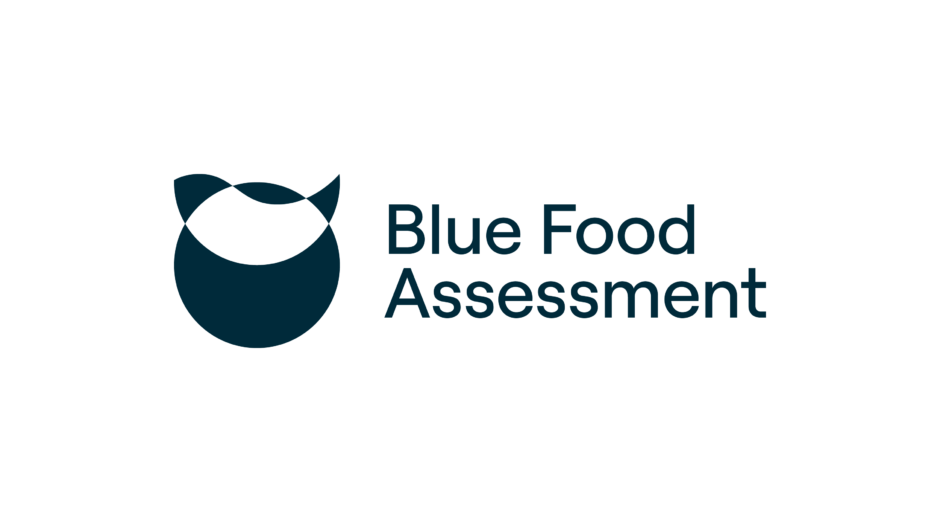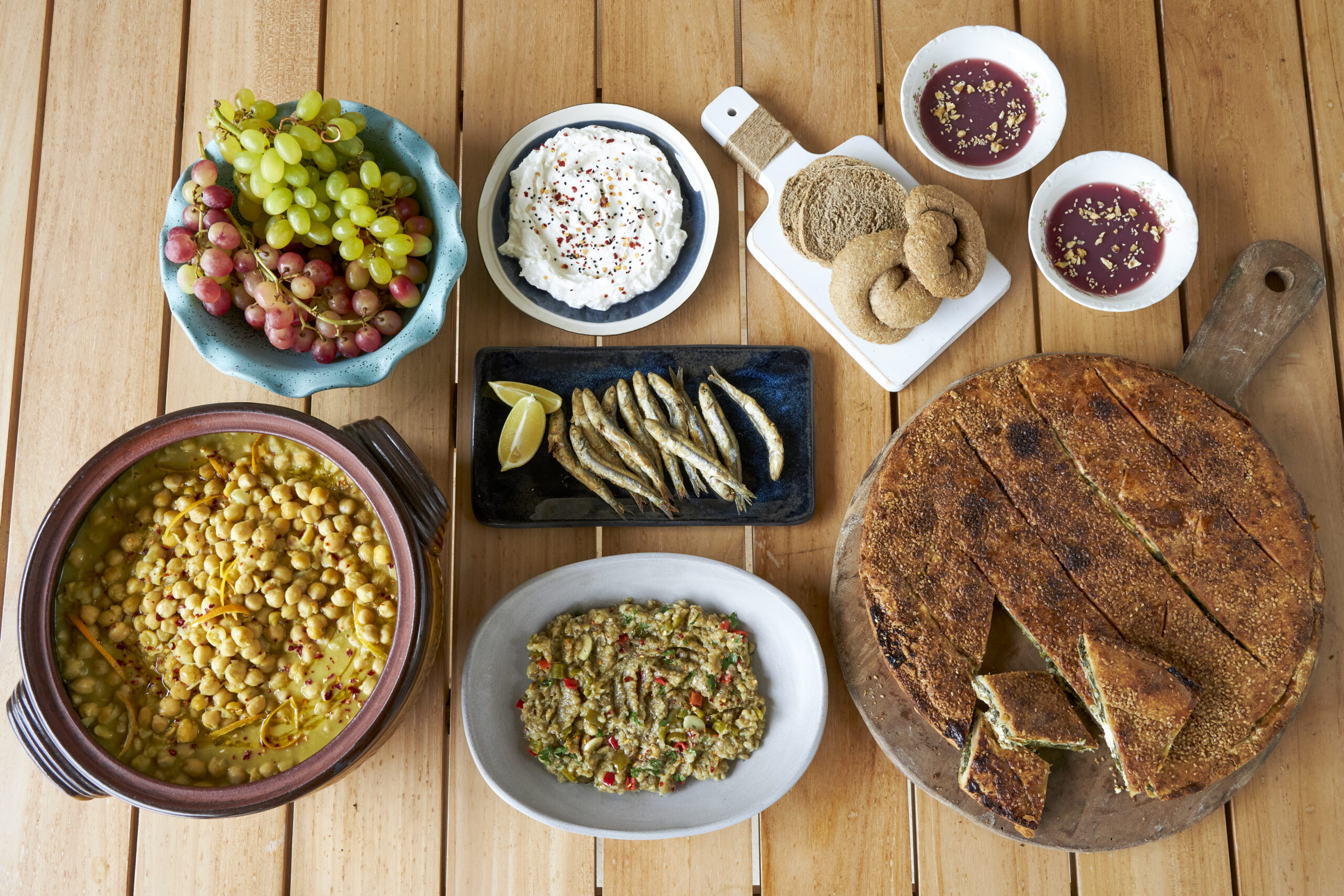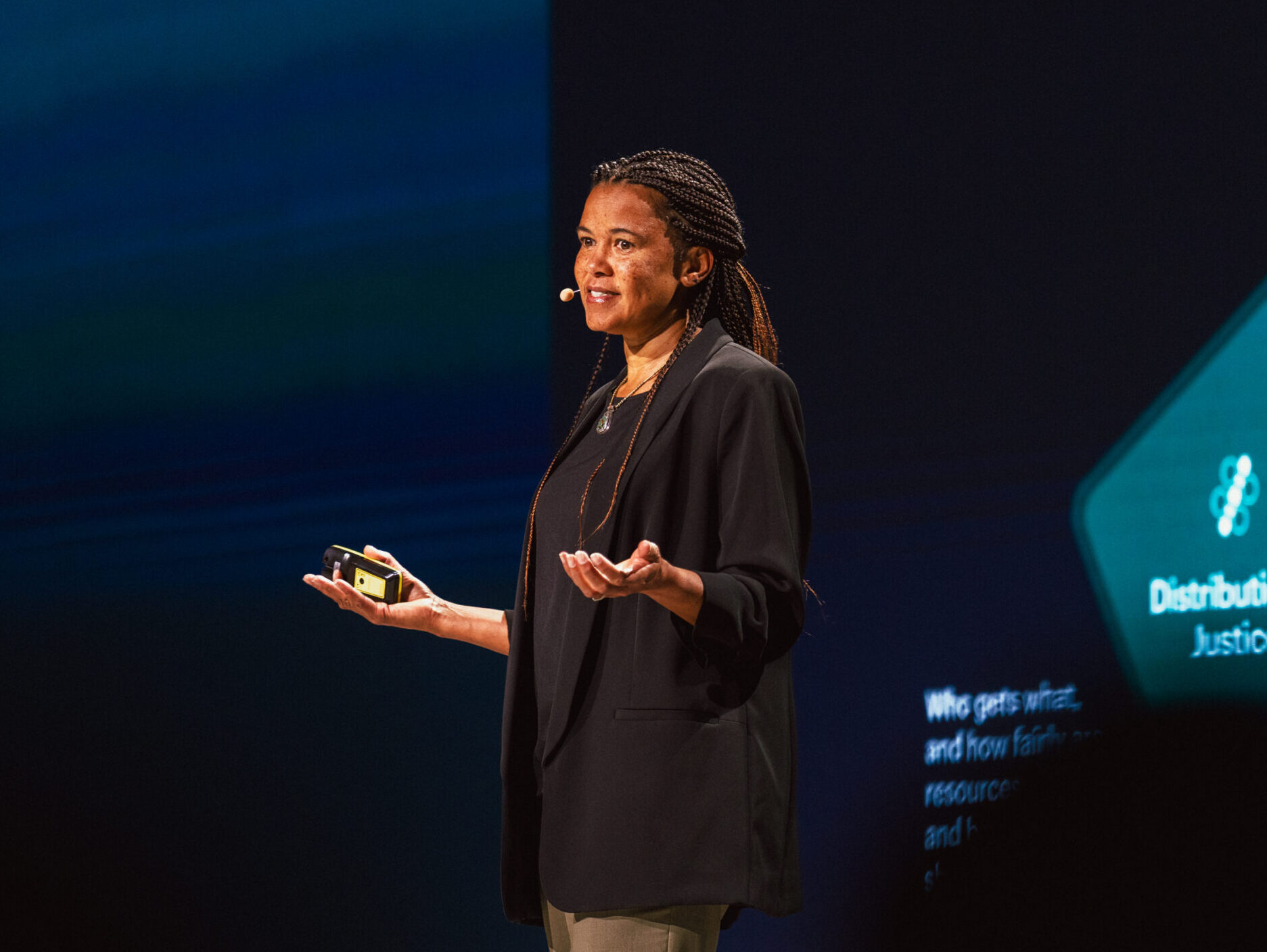You might think of blueberries when you hear “blue foods”, but blue foods are in fact aquatic foods, or foods that are captured or grown in water.
Blue foods play an astonishingly crucial role in food systems – with the potential of supporting food security, reducing malnutrition, and building healthy, nature-positive and resilient food systems across the globe.
Today, blue foods are a cornerstone of rural and national economies, providing livelihoods for more than 100 million people and sustenance for a billion people worldwide. More than 2,500 species of fish, invertebrates, algae and aquatic plants are caught or cultivated for food, providing a substantial daily protein intake to more than 3 billion people. Beyond that, they offer essential micronutrients (vitamin A, B-12, calcium, iodine, iron, zinc and omega-3 fatty acids) that reduce malnutrition among at-risk groups such as children and women, and lower the risk of non-communicable diseases. Yet they are often overlooked in conversations about the future of food, which tend to focus on terrestrial crops and livestock.
This is what brought together EAT, Stanford University’s Center for Ocean Solutions and Center on Food Security and the Environment, and the Stockholm Resilience Centre, in the joint international initiative that is the Blue Food Assessment. The Blue Food Assessment is a coalition of more than 100 scientists from more than 25 institutions working together to fill knowledge gaps in our understanding of the role blue foods play, and to inform and drive change in the polices that will shape the future of our food systems.
Over the course of 2021, the Blue Food Assessment will publish nine peer-reviewed scientific papers, offering new scientific insights and a unique and holistic view of blue foods. Each paper will take a deep dive into specific themes, and address the many roles and possibilities of blue foods in solving health, environmental and social justice challenges. The papers also pay particular attention to climate change and the roles of small-scale actors.
After two years of scientific research, we are launching the Blue Food Assessment findings! Join us and register for the September 16th Global Launch Event.
Our hope is that the Blue Food Assessment is only the beginning of a global movement of giving blue foods, and their environments, the attention they deserve.
We’ve got lots in store, so follow us on Twitter @BlueFoodFutures and Facebook for updates on the Blue Food Assessment and the amazing team of scientists behind it.
For more on why and how blue foods are crucial for addressing some of the global challenges we face, visit the Blue Food Assessment website: https://bluefood.earth/.

Remaining one step
ahead
of the curve.
Our Cultures, Our Meals: Cooking for Planetary Health
Cooking for Planetary Health brings the 2025 EAT-Lancet Report to life through food and culture, showcasing the plant-rich traditions of the Mediterranean and Asia.

The 2025 EAT-Lancet Commission Livestream
The official launch featured presentations of the Commission’s key findings, perspectives from leading scientific and policy voices, and a global dialogue on how to translate science into action.
